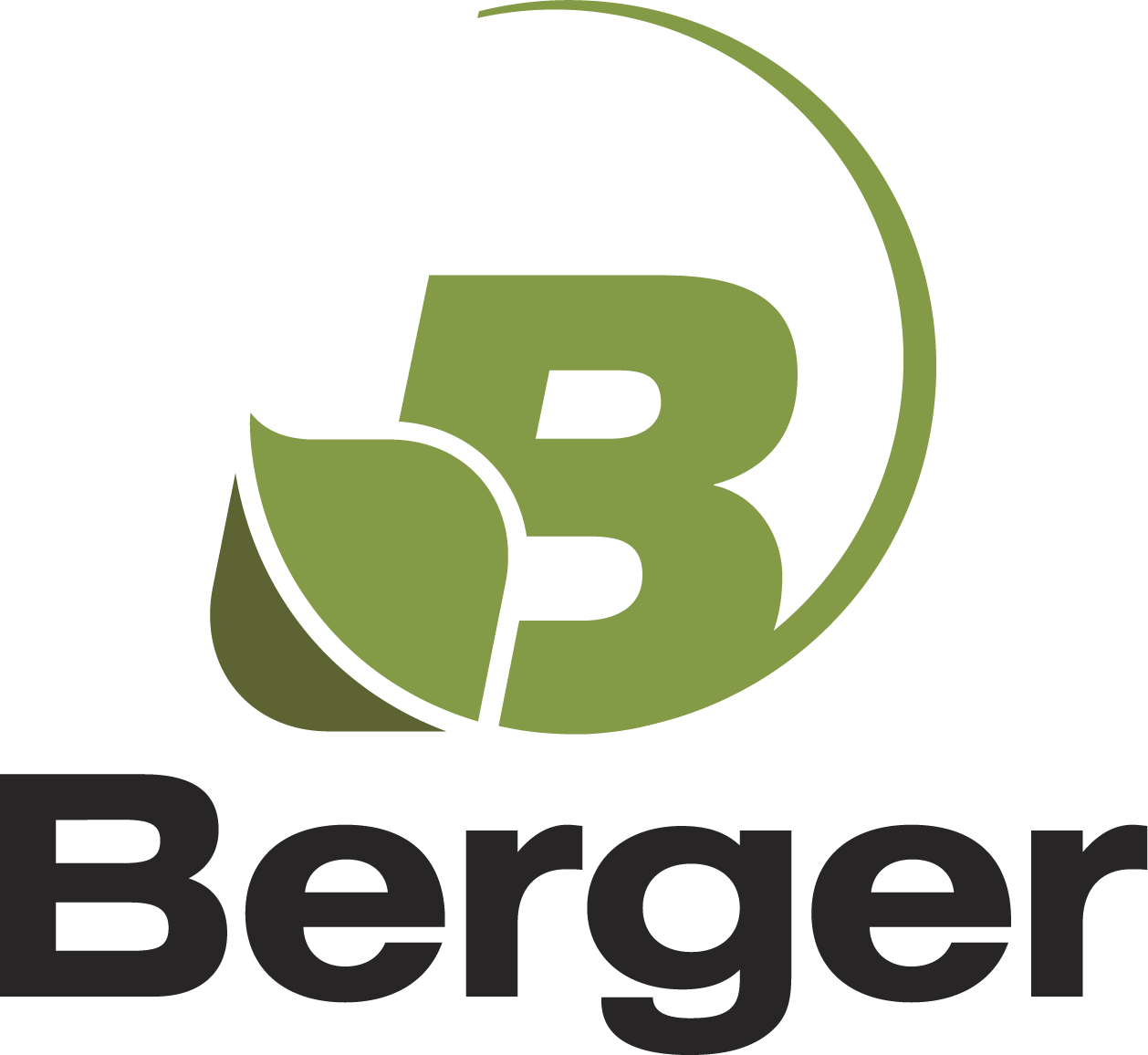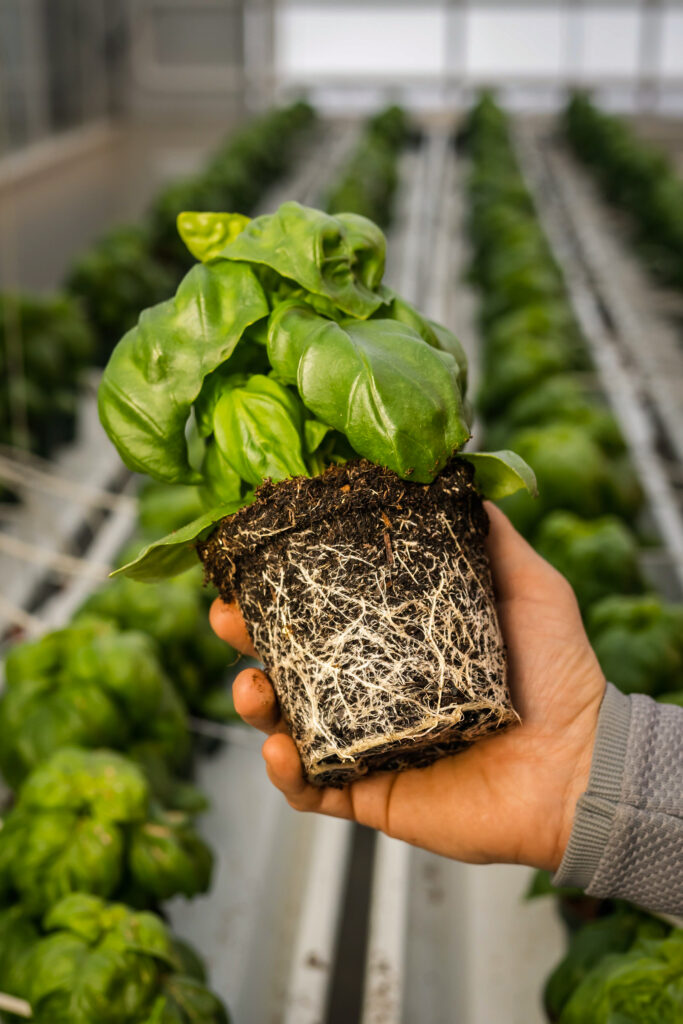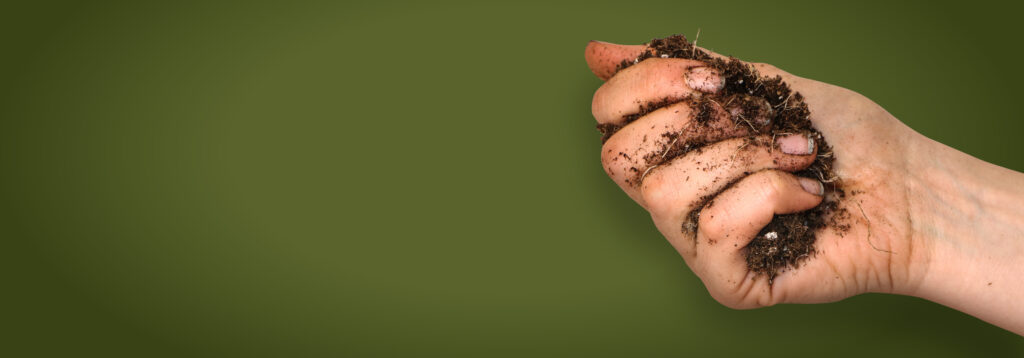When Does Dry Down Turn In To Dry Out
By Kevin Cooper
What works for one grower does not always work the same way for another. Every greenhouse has its own personality, its own qualities and shortcomings. But there is one constant that applies to every grower and greenhouse, the dry down period. In order to succeed, understanding the dry down cycle is critical.
Why is the dry down cycle so important?
In order to produce a quality crop, roots need the proper balance of nutrient rich water and oxygen. The nutrients are supplied by water soluble injection into the water source or added to the media in controlled release form. For oxygen to re-enter the media, the dry down cycle must occur.
Obtaining Efficient Dry Down Cycles
The oxygen / moisture balance begins with the initial hydration of the compressed media before potting and transplanting. The initial hydration allows for maximum re-expansion of the peat particles, opening macro pores to oxygen and micro pores to easily available water. For most Berger products, ½ gallon of water per cubic foot of mix is ideal. This process also allows you to maximize the yield out of the compressed bale. Applying the simple squeeze test determines when maximum yield is achieved. Simply grab a handful of media, and lightly squeeze. If the media holds together without excess water dripping out, you have achieved proper expansion. If the media does not hold together, more water should be applied. Now the media is ready for potting and transplanting.
Potting and Transplanting
Properly hydrated and expanded media flows more smoothly on the potting line and into the containers. Transplanting into properly hydrated media also optimizes contact of the roots with the mix and prevents desiccation of young plant roots before the initial irrigation event. Overly wet media is void of oxygen, and will suffocate tender root hairs.
Initial Crop Irrigation Event
This is the most important irrigation. If done properly, it seats the plant in place, provides enough moisture to hydrate the media from the top to bottom of the container, while not over saturating to the point that air space is minimized. This is the combination that provides a balance of moisture and oxygen, which leads to even dry down cycles. Many growers have trouble with this first irrigation. Many over or under irrigate. Both situations will slow down and hamper healthy root development and make it impossible to achieve uniform dry down cycles. Some growers only irrigate the top half of the mix in the containers. Roots will stop expansion when they reach the dry zone, leading to under sized finished crops. Over irrigated plants will suffer root damage due to a lack of oxygen. Now that the crop has received an optimal initial irrigation event, the dry down cycle can begin.
Dry Down vs. Dry Out
The dry down cycle is designed to allow the crop to use the maximum amount of available water and nutrients while permitting oxygen to re-enter the root zone without reaching the point of dry out. To apply these principles properly, you need to understand your crops and their thresholds. Dry out occurs when the plant starts to wilt. A wilting plant has exhausted all available water in the root zone. You want to avoid reaching the permanent wilting point at all costs as this could be significantly detrimental to the crop, but also the water distribution during future irrigations.
When do you re-apply water and or nutrients?
You should re-apply water and nutrients just before wilt occurs. Apply enough moisture that 10% leachate flows through the bottom of the container. This reduces both salts build up and crop stress. I get many different answers to this question though. Some growers go by the color of the media, they irrigate when the soil turns a light tan. Some go by container weight. Some have state of the art systems with sensors that tell them the optimal time to irrigate. Some use a combination of the above. All are pretty good methods, although some are more accurate than others. For example, a mix containing wood fiber will appear visually dry on the surface long before it needs water, so be careful.
Others tell me they just know when or say they don’t water until the plant starts to wilt. This is risky. When dry down turns into dry out, crops are being pushed to their limits. I have heard growers say wilting makes their crops tougher, while others say they let them wilt so they don’t overwater and to prevent root rot. The truth is that there is a fine line between dry down and dry out. Dry out is just as bad as constant saturation. Dry media leads to pull away from container edges, rewetting issues, nutrient salts build up, and severe root and root hair damage. A damaged root system combined with salt build up is the perfect storm for opportunistic root rot pathogens to explode.
Another factor to consider is that some crops won’t show signs of wilt until it is too late. Wax Leaf Begonias and Vincas are two good examples of this. Both will look perfectly turgid, then melt when water is applied. Other times they will take moisture up at a rapid pace causing leaf margin cells to burst. Growers will ask what is causing this. Most of the time it is from extensive dry out.
In conclusion, you need to understand your dry down cycles. Don’t let dry out destroy your crops. At Berger, we put the right ingredients and adjust the physical characteristics to meet your growing demands. We go above and beyond to provide you with a uniform mix that will give you the confidence to properly hydrate, irrigate and manage your crops dry down cycles.à


